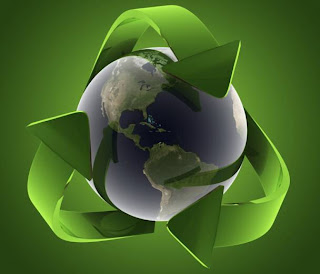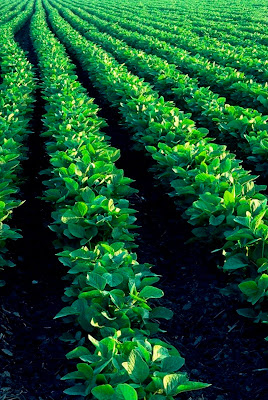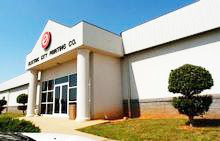 At Electric City Printing, waste paper is collected throughout the production process and sold to another company for use. Ultimate recycling!
At Electric City Printing, waste paper is collected throughout the production process and sold to another company for use. Ultimate recycling!
Over 35 tons per month are recycled from Electric City Printing.
With 70 companies in the CGX network, that averages 29,400 tons per year!
This weight is equivalent to:
- 29,400 Volkswagen Beetles
- 196 blue whales
- 456 empty 747-200 passenger planes
The United States is the largest consumer of paper in the world!
More than 56 percent of the paper consumed in the U.S. during 2007 was recovered for recycling — an all-time high. This impressive figure equals nearly 360 pounds of paper for each man, woman, and child in America.
Recyling Award Winners
Source:
http://www.paperrecycles.org/paper_environment/index.html The American Forest & Paper Association (AF&PA) Recycling Awards recognize outstanding programs in the school/university, business, and community categories that promote the recovery of high quality paper for recycling.
Business – Giant Eagle, Inc., Pittsburgh, PA
Giant Eagle, Inc. has established a comprehensive paper recycling program throughout its headquarter buildings and corporately owned supermarkets, fuel stations, and retail support centers. In 2008 Giant Eagle collected nearly 555 tons of mixed office paper and more than 42,000 tons of old corrugated containers for recycling.
Community – Orange County, NC In 2008, the 128,000 residents of Orange County, North Carolina recovered approximately 8,750 tons of paper for recycling. This success was the result of education and outreach combined with accessibility for residents. The county recycling program includes weekly curbside collection in urban areas, biweekly curbside for rural locations, multi-family units, drop-off sites, and government buildings, plus collection from “park and ride” locations and city buses.
School – Wake County Public School System, Wake County, NC
The Department of Environmental Services of Wake County, North Carolina’s FEED THE BIN paper recycling program serves more than 135,000 students in 152 schools. The program provides recycling bins for each classroom and office space and roll carts for the schools. An impressive 800 tons of paper were collected during the 2007-2008 school year.
College/University – Stanford University, Stanford, CA
With a student population of more than 17,350, the campus community recovered nearly 3,000 tons of paper for recycling and diverted 64 percent of its waste from the landfill in 2008. Stanford avoided paying landfill fees of $133,000 and received approximately $450,000 in revenue from its recyclables.
The paper industry hopes to recover 60 percent of the paper Americans consume by 2012.
Let's all do our part!
What you can do at home: Did you know that 87 percent (268 million) of Americans have access to curbside or drop-off paper recycling programs?
What you can do at work: Start or usi workplace recycling programs. To create a personalized recycling poster, go to
http://paperrecycles.org/workplace_recycling/dynamicposter/index.htmlAnother interesting site is the online calculator that analyzes your paper usage and compares it to the number of trees that will need to be replaced is:
https://www.rainforestmaker.org/rain/php/calculator.php
In the upcoming months, be sure to watch for topics covering "earth friendly inks," recycled versus virgin papers, and additional ways Electric City Printing recycles!

 Yes, it can be done! With seeds that are implanted in the papers you can create a memorable direct mailing piece!
Yes, it can be done! With seeds that are implanted in the papers you can create a memorable direct mailing piece! Contact your print consultant to include these creative earth-friendly tokens in your next mailing!
Contact your print consultant to include these creative earth-friendly tokens in your next mailing!.jpg)
 History
History







